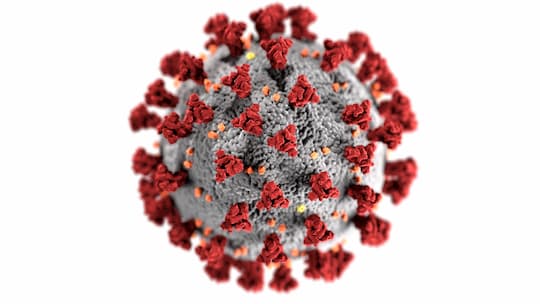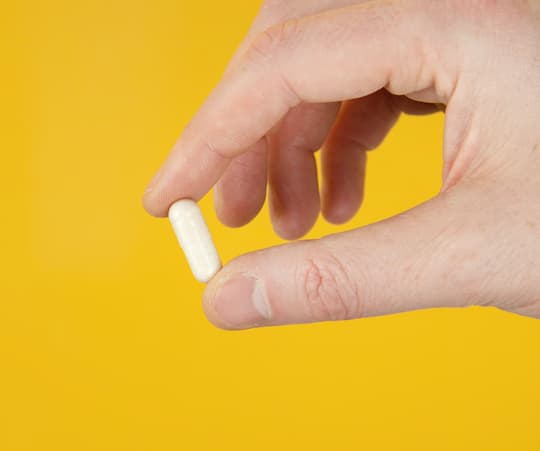Long COVID is when the symptoms from the novel coronavirus infection last longer than six weeks.
Brain fog, headache and numbness are three of the most common neurological symptoms of long COVID, research finds.
Long COVID is when the symptoms from the novel coronavirus infection last longer than six weeks.
The majority of patients recover within four to six weeks.
The research found that 85 percent of people who experienced long COVID had at least four neurological symptoms.
These strongly impacted their quality of life and, for some people, impaired their thinking skills.
The study included 100 people from the U.S. who had had COVID but the disease had not, apparently, been severe.
Dr Igor Koralnik, study co-author, said:
“Our study is the first to report neurologic findings in non-hospitalized COVID-19 long-haulers, including detailed neurologic exam, diagnostic testing, and validated measures of patient quality of life, as well as cognitive function test results.
All patients in this study had clinical symptoms consistent with COVID-19, but only had mild and transient respiratory symptoms (sore throat, cough, mild fever) and never developed pneumonia or low oxygen levels requiring hospitalization.”
The results of the study showed that the most frequent neurological symptoms of long COVID were:
- Brain fog (81 percent)
- Headache (68 percent)
- Numbness/tingling (60 percent)
- Disorder of taste (59 percent)
- Disorder of smell (55 percent)
- Muscle pain (55 percent)
- Dizziness (47 percent)
- Pain (43 percent)
- Blurred vision (30 percent)
- Tinnitus (29 percent)
The non-neurological symptoms included:
- Fatigue (85 percent)
- Depression/anxiety (47 percent)
- Shortness of breath (46 percent)
- Chest pain (37 percent)
- Insomnia (33 percent)
Dr Koralnik said:
“We were surprised by the number of patients who were suffering from depression/anxiety before their COVID-19 diagnosis, and this suggests a possible neuropsychiatric vulnerability to developing long COVID.”
People with long-COVID may be finding it hard to get treatment, Dr Koralnik said:
“This may have been caused by the difficulty for these patients to find medical providers, since they do not fit into classical diagnostic criteria of COVID-19.
This is reminiscent of the stigma experienced by women with fibromyalgia and chronic fatigue syndrome, highlighting the need for improved diagnostic ‘gold standards’ for COVID-19 infection, which our group hopes to address by elucidating the T cell response of long-haulers against COVID-19 proteins.”
The study was published in the journal Annals of Clinical and Translational Neurology (Graham et al., 2021).










